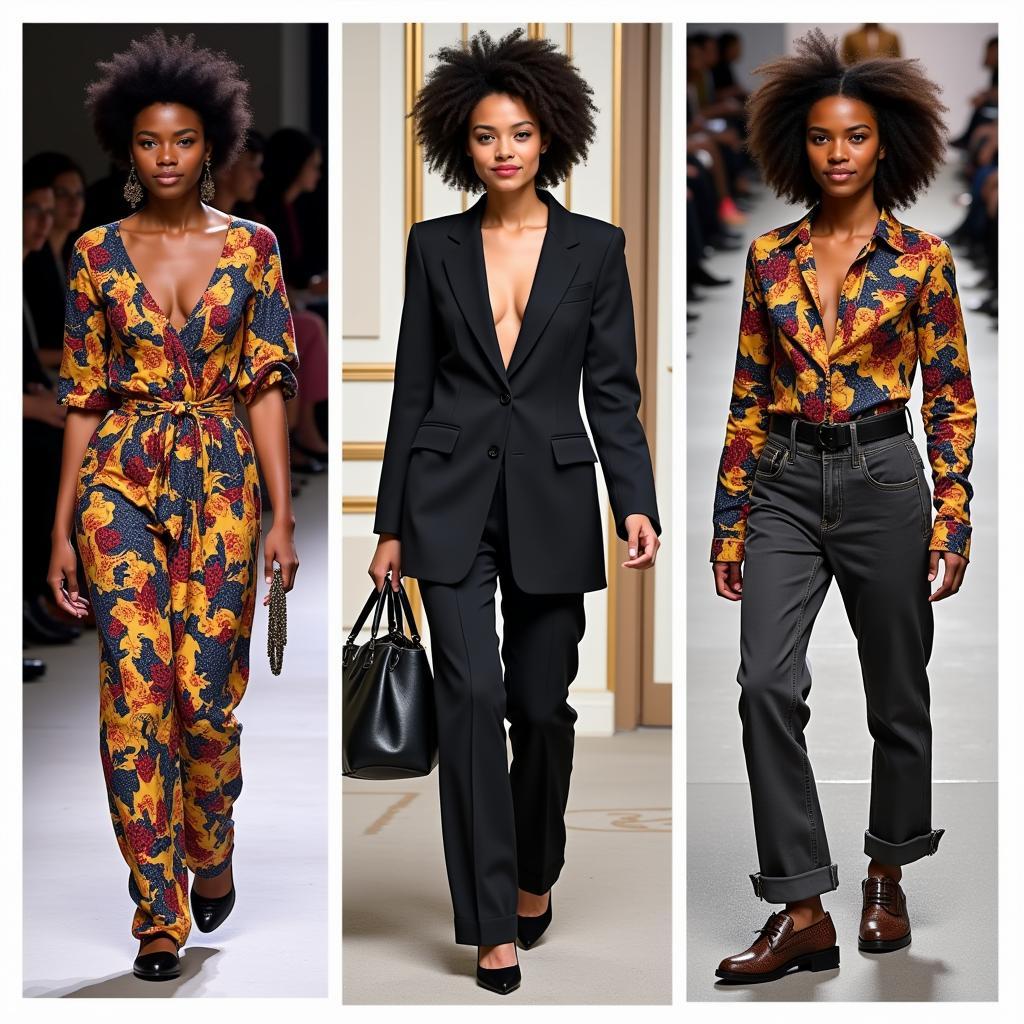Unveiling the Art of African Tribal Face Paint
African Tribal Face Paint is more than just decoration; it’s a powerful language, a vibrant art form, and a window into the rich cultural tapestry of Africa. It’s a tradition passed down through generations, carrying deep symbolic meaning and connecting individuals to their ancestry, spirituality, and community. This article delves into the fascinating world of African tribal face paint, exploring its diverse forms, meanings, and significance across the continent.
The Significance of African Tribal Face Paint: More Than Meets the Eye
African face painting traditions vary widely across different tribes and regions, each with its own unique style, materials, and symbolism. The designs can signify anything from social status and age to spiritual beliefs, clan affiliations, and even emotional states. For example, certain colors and patterns might be reserved for warriors, healers, or those undergoing initiation rites. Similarly, designs can be used to mark important life events like births, marriages, and funerals. The act of applying the paint itself is often a ritualistic process, further enhancing its spiritual and cultural significance. Check out more about African tribal people.
While ochre and clay are common natural pigments, some tribes also use charcoal, ash, and plant extracts to create their vibrant hues. The application techniques are equally diverse, ranging from simple finger painting to intricate designs created with brushes, sticks, and even stencils.
Decoding the Symbolism of African Face Paint Designs
Understanding the symbolism behind African face paint requires delving into the specific cultural context of each tribe. A seemingly simple line or dot can hold profound meaning. For instance, among some tribes, vertical lines might represent strength and courage, while horizontal lines could symbolize peace and tranquility. Animal motifs, such as the lion or leopard, might represent power and protection.
Specific colors also play a crucial role in the symbolic language of face paint. White might represent purity and spirituality, while red could signify power, energy, or even danger. Black often symbolizes mystery and the unknown, and yellow might be associated with healing and fertility. These are just a few examples, and the interpretations can vary significantly between different cultures.
African Tribal Face Paint in the Modern World
Even in today’s world, African tribal face paint continues to hold a powerful place in many communities. While its traditional functions remain significant, it has also found new expressions in contemporary art, fashion, and even popular culture. This evolution demonstrates the enduring power and adaptability of this ancient art form. For a list of African desert tribe names, see this resource.
It’s crucial to approach the topic of African tribal face paint with respect and sensitivity, recognizing the deep cultural significance it holds for many communities. Appreciating the artistry and symbolism requires understanding the historical and cultural context, avoiding generalizations, and valuing the diversity of traditions across the continent. Here’s a list of African Lady Tribal images.
Conclusion: The Enduring Legacy of African Tribal Face Paint
African tribal face paint offers a captivating glimpse into the complex and diverse cultures of Africa. It’s a vibrant tradition that continues to evolve while retaining its deep-rooted significance. By understanding the symbolism and artistry behind these intricate designs, we can gain a deeper appreciation for the rich cultural heritage of the African continent. Understanding african tribal face paint requires ongoing learning and respect.
FAQ
-
What is the purpose of African tribal face paint? It serves various purposes, including spiritual, social, and aesthetic, marking identity, status, and beliefs.
-
What materials are used in African face paint? Natural pigments like ochre, clay, charcoal, ash, and plant extracts are commonly used.
-
Are there different styles of face paint across Africa? Yes, styles vary widely between tribes and regions, reflecting unique cultural traditions.
-
Is African face painting still practiced today? Yes, it continues to be practiced in many communities, both for traditional purposes and in contemporary forms.
-
How can I learn more about specific tribal face painting traditions? Researching individual tribes and their cultural practices is a good starting point, focusing on respectful and accurate sources.
Situations Where Questions About African Tribal Face Paint Arise
- Cultural Events and Festivals: People might inquire about the meaning of face paint designs seen at African cultural events.
- Museums and Art Exhibitions: Visitors to museums showcasing African art might have questions about the historical and cultural context of face paint.
- Educational Settings: Students learning about African cultures might seek information on the symbolism and significance of face paint.
- Travel and Tourism: Travelers interested in experiencing African cultures might be curious about the role of face paint in different communities.
Further Exploration
Looking for more information about African hairstyles for men? Learn more here. You might also be interested in learning more about African nude tribes.
Contact Us
For further assistance, please contact us at:
- Phone: +255768904061
- Email: [email protected]
- Address: Mbarali DC Mawindi, Kangaga, Tanzania
We have a 24/7 customer service team ready to help.

